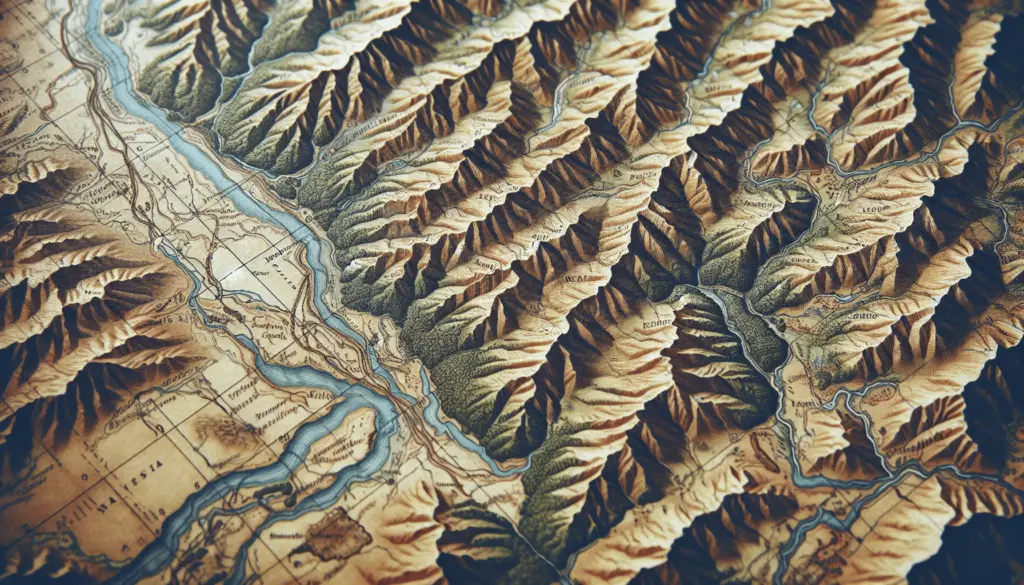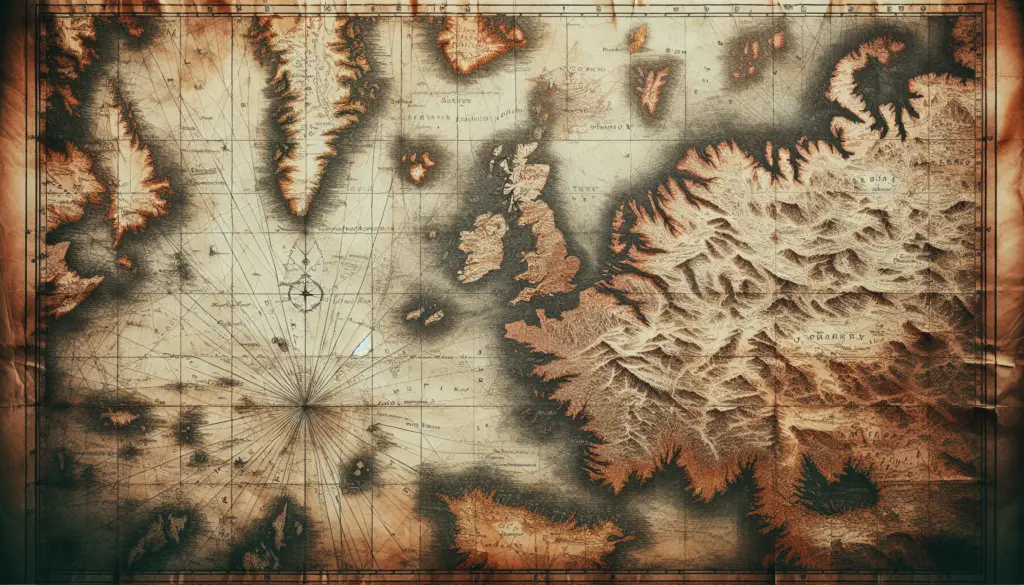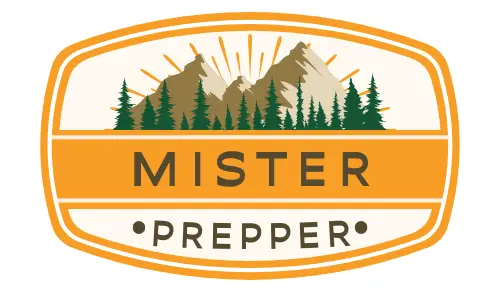Have you ever wondered how hikers and adventurers navigate through the wilderness without a compass or GPS? In this article, you will learn all about advanced orienteering techniques that will help you find your way even without modern technology. Let’s dive into the fascinating world of navigating without a compass or GPS.
Understanding Orienteering Basics
Orienteering is the art of navigating through unfamiliar terrain using only a map and a compass. It requires a combination of map reading, compass skills, and terrain analysis. While most people rely on GPS technology for navigation, mastering orienteering techniques can be a valuable skill when exploring remote areas where technology may fail you.
What is Orienteering?
Orienteering is a sport that originated in Scandinavia in the late 19th century. It involves navigating a course through unfamiliar terrain using only a map and a compass. Orienteering courses are typically set up with a series of control points that participants must visit in a specific order. The fastest person to complete the course with the fewest mistakes wins.
Terrain Analysis
One of the key aspects of orienteering without a compass or GPS is terrain analysis. By observing the natural features of the environment, you can get clues about your location and direction.
Reading Topographic Maps
Topographic maps are a crucial tool for orienteering. These maps show the elevation and terrain features of an area, such as hills, valleys, rivers, and forests. By understanding how to read topographic maps, you can identify landmarks and navigate through the terrain more effectively.
Understanding Contour Lines
Contour lines on a topographic map represent elevation changes in the landscape. By studying these lines, you can determine the steepness of the terrain and the shape of the landforms. For example, closely spaced contour lines indicate a steep slope, while widely spaced contour lines indicate a flatter terrain.

Using Natural Navigation Signs
Nature provides plenty of clues that can help you navigate through the wilderness without a compass or GPS. By paying attention to these natural navigation signs, you can stay on course even in unfamiliar terrain.
Using the Sun and Shadows
The sun can be a valuable tool for determining direction when you don’t have a compass. By observing the position of the sun in the sky and the direction of shadows, you can estimate the cardinal directions. For example, in the northern hemisphere, the sun rises in the east and sets in the west.
Identifying Signs of Civilization
Keep an eye out for signs of civilization, such as roads, power lines, or buildings, which can help you orient yourself and get your bearings. These man-made features can serve as reference points to help you navigate through the wilderness.
Advanced Orienteering Techniques
Mastering advanced orienteering techniques can take your navigation skills to the next level. These techniques are essential for navigating without a compass or GPS in challenging conditions.
Dead Reckoning
Dead reckoning is a technique used to estimate your current position based on your last known position, direction of travel, and speed. By keeping track of your movements and using terrain features as reference points, you can navigate through the wilderness with more precision.
Using Handrails and Catching Features
Handrails are linear features such as rivers, trails, or ridgelines that can guide you along your intended path. Catching features are prominent landmarks or features that signal you are on the right track. By using handrails and catching features, you can stay on course and avoid getting lost.

Practicing Orienteering Skills
The best way to improve your orienteering skills is to practice regularly in different types of terrain. By honing your map reading, compass, and terrain analysis skills, you can become a more confident navigator even without a compass or GPS.
Setting Up Orienteering Courses
Set up your own orienteering courses in local parks or natural areas to practice your navigation skills. Challenge yourself with different levels of difficulty and practice navigating through diverse terrain types.
Participating in Orienteering Events
Join orienteering events and competitions in your area to test your skills against other participants. Orienteering clubs often organize events with varying levels of difficulty, from beginner-friendly courses to advanced challenges.
Emergency Navigation Tips
In a survival situation, knowing how to navigate without a compass or GPS can be a life-saving skill. Here are some emergency navigation tips to help you find your way back to safety.
Using the Stars
If you’re stranded at night, you can use the stars to determine direction. The North Star (Polaris) can guide you towards the north, while other constellations can help you identify other cardinal directions.
Following Waterways
Following rivers, streams, or other waterways can lead you to civilization, as they often flow towards inhabited areas. Water sources can also be essential for survival in the wilderness.
Conclusion
Mastering the art of orienteering without a compass or GPS is a valuable skill for outdoor enthusiasts and adventurers. By understanding terrain analysis, natural navigation signs, and advanced orienteering techniques, you can navigate through the wilderness with confidence. Practice regularly, challenge yourself, and stay prepared with emergency navigation tips to ensure your safety in any outdoor adventure. Happy navigating!
